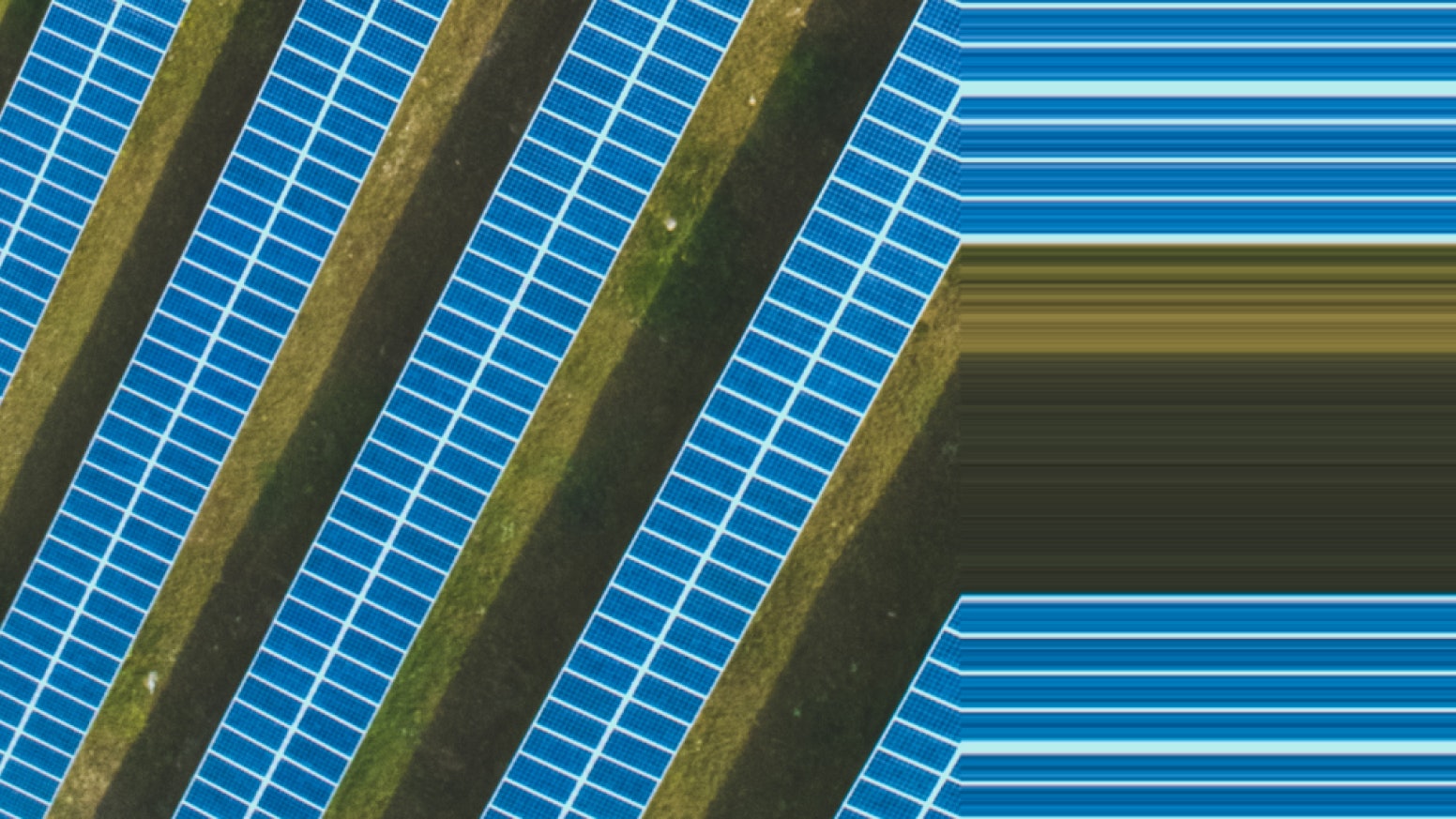Six solar facts that could change your world (no, really)

The clean energy industry moves really quickly, which is a good thing — we need innovation and fast action if we’re going to solve the climate crisis. But that speed also means there’s a lot of misinformation out there.
We wanted to make sure you know the facts about solar energy. What if we told you, for instance, that you can go solar even if you rent your home — because all you need is a power bill? It’s true. Read on to learn about this and five other important facts about solar power.
#1. You don’t have to install rooftop panels to support solar energy.
All you need to go solar is a power bill. Really. That’s because anyone who pays a power bill can join a community solar farm and help put more clean energy into their local power supply.
Community solar farms are groups of solar panels that you, your neighbors, and area businesses can subscribe to, rather than installing your own panels. The farm may be located on unused land or even on community buildings. When you join, you’re subscribing to a portion of the total energy that farm produces. Your portion is based on how much energy you use in a typical month.
With community solar, there’s no installation and no hassle. It makes solar available to renters and homeowners alike, no matter what kind of roof you have.
#2. Joining a community solar project doesn’t cost you more. In fact, you’ll actually save a little on your monthly energy bills.
When you join a community solar farm, part of your existing power bill gets repurposed to support the farm. As the farm generates electricity, you earn credits on your monthly bill from your utility. The credits from your utility will always be larger than the portion of your power bill that goes to the solar farm, so your total bill will always be lower. You could save up to 10% of your bill, depending on where you live.
Arcadia manages all of that for you, so it’s super simple. And there’s no cost to enroll because the solar developer pays us for connecting people like you to the solar farm.

See if solar is an option for you
Check availability#3. Signing up for solar is easy. Like, really easy.
Joining a community solar project through Arcadia takes two minutes, and you don’t even have to get off your couch to do it. Here’s what you need to do:
- Enter your zip code and utility company and create your Arcadia account. We’ll make sure that you’re eligible to join community solar (it’s not available everywhere yet, but we’re working with state legislators to change that!).
- Sync your utility account with Arcadia so we can figure out what your portion of the solar farm should be (remember that it’s based on how much energy you use in a typical month).
- Depending on what utility you have, pay your regular power bill through us so that we can automatically include your solar credits and your utility charges in one easy statement.
#4. With community solar, you’re making a direct impact on your local power supply.
Joining a community solar farm is one of the easiest and most direct ways that you can help clean up your local power supply. The electricity that the solar panels generate flows into the grid, powering local homes and businesses with clean energy. By putting more solar energy into the grid, you’re decreasing the demand for energy generated from fossil fuels — and the greenhouse gases they emit.
And that’s not the only benefit! Farmers and local building owners can lease their space to solar developers to host the solar farms, bringing in extra revenue. Community solar also creates jobs, leads to more local investment, and funds local government operations.
#5. Solar power works pretty much everywhere, from the Sunshine State to the Pacific Northwest.
It makes sense — to generate solar power you need lots of sun. Right?
It’s true that sunny states such as California and Texas top the list of states that generate the most solar power. But Massachusetts, New York, and New Jersey — states with a four-season climate — are high on the list, too. And you know what other states generate solar power? Alaska. Minnesota. Wisconsin. North Dakota. All places that definitely experience winter. The truth is that solar power works…everywhere.
Right now, just 19 states make community solar available to residents, but that’s due to legislative reasons, not weather reasons. We’re working with state governments to expand that number so that people in every state can help bring clean energy to their local power grids.
#6. Solar energy really is better for the environment, from start to finish.
Solar energy is totally renewable, and it doesn’t emit harmful greenhouse gases like fossil fuels do. We’re getting better at reducing waste on either end of a solar panel’s lifecycle, too. Manufacturing processes are becoming more efficient (and less expensive). A standard solar panel generates net clean energy in 1.5 years (meaning it has generated more than the amount of energy required to produce it). Not bad considering that a typical solar panel will last for 25-30 years. Can’t exactly say the same about an oil rig.
When a solar panel does reach the end of its lifespan, many of its components can be recycled. Some trials have managed to recycle 96% of the materials in solar panels. Different countries have different regulations regarding solar panel recycling, but the solar industry as a whole is working to make the process more efficient and scalable.

See if community solar is an option for you
Check availabilityAlready signed up and not sure what’s next? Contact an Energy Advisor at support@arcadia.com.

